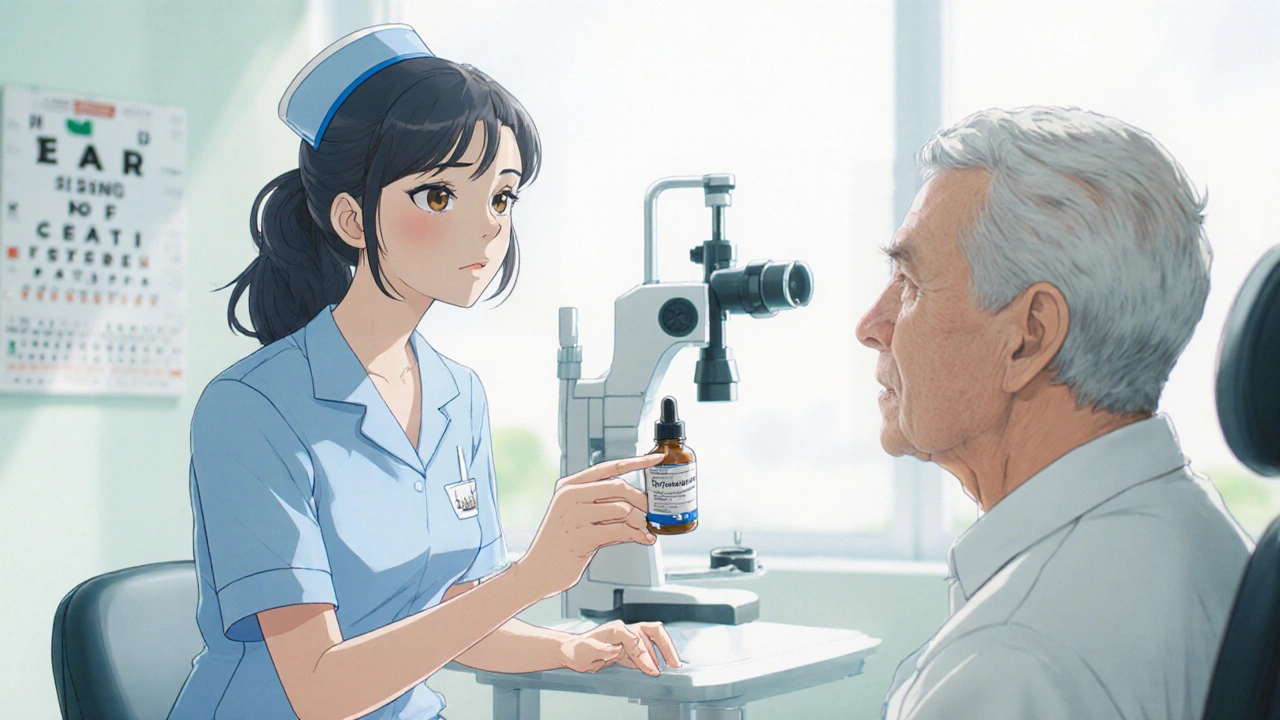Eye Pressure Medication: What It Is and Why It Matters
When working with eye pressure medication, drugs that lower intraocular pressure to protect the optic nerve. Also known as ocular hypertension drugs, it is a cornerstone of glaucoma a group of eye diseases marked by high pressure that can lead to vision loss. Most people think eye pressure meds are only for seniors, but anyone with risk factors—family history, thin corneas, or diabetes—might need them. The goal is simple: keep the pressure inside the eye in a safe range so the nerve stays healthy and you keep seeing clearly.
Key Types of Eye Pressure Medication
There are a few major families of drugs, each hitting the pressure problem from a different angle. Prostaglandin analogs, the most prescribed class, increase fluid outflow through the eye’s drainage system are often first‑line because they work well and usually cause mild side effects. Beta‑blocker eye drops, reduce fluid production by blocking adrenaline receptors in the eye are another popular option, especially when a patient can’t tolerate prostaglandins. Carbonic anhydrase inhibitors, cut down fluid buildup by interfering with an enzyme that helps create aqueous humor are useful as add‑on therapy or when other classes don’t achieve target pressure. Some eyes need a combo of two or three types to hit the sweet spot, and newer drugs like rho‑kinase inhibitors are expanding the toolbox.
Understanding how each class works helps you talk to your eye doctor about the best plan for your lifestyle. For example, prostaglandin drops are usually taken once nightly, while beta‑blockers may need twice‑daily dosing. Side‑effect profiles differ: prostaglandins can darken the iris, beta‑blockers might cause a slow pulse, and carbonic anhydrase inhibitors can affect taste. Knowing these details lets you weigh convenience against potential discomfort. Below, you’ll find articles that break down safety guidelines, compare costs, and explain how interactions with other meds—like asthma inhalers or antidepressants—can change the picture. Armed with that info, you’ll be ready to pick the right eye pressure medication and keep your vision on track.

Nurse’s Guide: Educating Patients About Dorzolamide‑Timolol
A practical guide for nurses to teach patients how to use Dorzolamide‑Timolol eye drops, covering mechanism, dosing, side‑effects, adherence, and follow‑up.
Continue Reading



